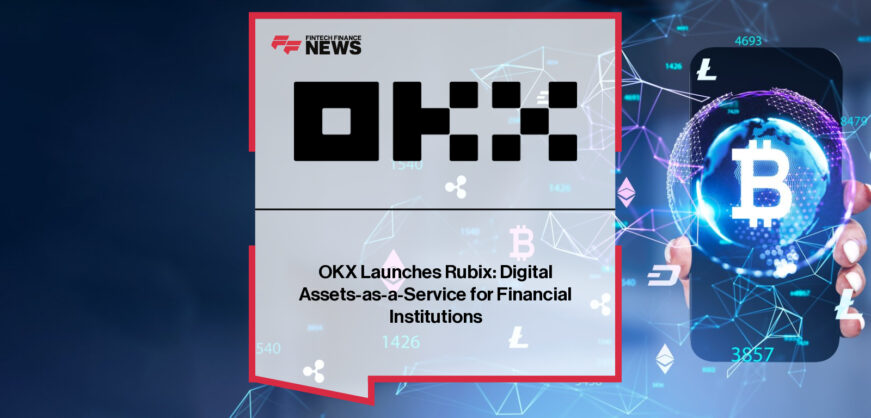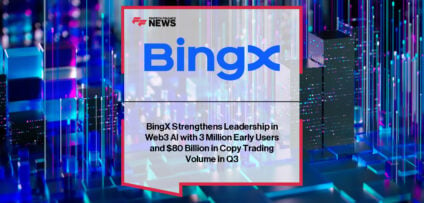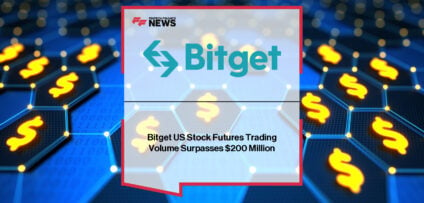Breaking News

Three Major Trends in Cryptocurrency
While many people consider cryptocurrencies a novel development, in reality, Bitcoin is almost 15 years old. Over the past 15 years, the dream of a decentralized digital environment enabling direct peer-to-peer transactions has evolved in many different directions. Of all the potential applications—digital identities, healthcare, and life sciences furthering, supply chain management, and more—cryptocurrencies have generated the most interest.
The rapid development of crypto has also branched out into many exciting directions. Its popularity is best indicated by the volume of trade and dollar value. While the figure fluctuates, estimates at the end of 2021 stated there is more than $3 trillion locked in cryptocurrencies globally.
From a compliance perspective, three key trends dominate:
- More regulatory activity
- The evolution of NFTs
- Increasing numbers of CBDCs
Rising Tide of Cryptocurrency Regulation
The astonishingly quick rate of cryptocurrency adoption marks the time we live in. More than one hundred million people have invested in cryptocurrency in one form or another. As of late last year, there are more than 76 million blockchain wallets around the world.
Importantly, it is not only developed countries that face a surge in crypto usage. The World Economic Forum has found that developing countries and emerging economies are heavy users of cryptocurrencies. This trend should come as no surprise since cryptocurrencies can offer much-needed financial inclusion.
Still, the popularity of crypto has not yet created a sound, structured regulatory framework that facilitates predictability. With all of the risks associated with crypto and its ever-present volatility, it is understandable that governments around the globe have employed greater levels of scrutiny.
Regulators Active
Major global actors, such as the G7, the CFA (UK), the SEC (US), and the ECB (EU), have voiced their concerns about this crypto market volatility. Likely, more regulation will be a top priority in 2022 with regulators worldwide, with many countries yet to pass crypto-specific legislation.
This road might be difficult. Central banks do not consistently agree on whether cryptocurrency should be regulated as currency, securities, assets, or something completely different. What they do agree on is protecting the markets and the consumers from confusion, frauds, and schemes. This may prompt an enforcement-first approach.
Last year saw much activity in this regard. For example, China banned crypto-related activities, and India announced a crypto regulation bill. The EU’s proposed framework for regulating cryptocurrency is close to being ratified as well. In November of 2021, the European Council solidified its position on the Markets in Crypto Assets (MiCA) framework, which means that the Council and the European Parliament may begin to debate the proposition.
The US Takes Specific Direction
In an effort to regulate cryptocurrencies, stabilize the market, and increase investor trust, SEC Chair Gary Gensler recently petitioned Congress to give the SEC broader regulatory authority over cryptocurrencies.
This change would allow the SEC to define which cryptocurrencies are considered securities and could be traded on security exchanges. These regulations would subject various cryptocurrencies to AML regulations and require brokerage firms or broker-dealers to ensure that cryptocurrencies offered are suitable investment goals.
Non-Fungible Tokens
Ever since their introduction, non-fungible tokens have barreled into a significant number of different directions. From ‘digital’ works of art to representations of physical assets like real estate, each NFT could have many use cases. Much of the NFT market is currently centered around various types of collectibles – sports cards or unique art. 2021 saw NFT trading peak at $23 million – with CryptoPunks and Bored Ape Yacht Club leading the way.
Also, developing economies fared quite well with NFTs. The Philippines and Venezuela saw a venture capital influx of an astonishing $4 billion in investments. ‘NFT’ even became the Collins Dictionary’s word of the year.
Furthermore, NFTs have massive application potential with other developing concepts, such as the metaverse and Web 3.0. With new NFT trends and sub-trends still emerging and their massive potential to disrupt, NFTs are to be kept an eye on.
Central Banks and Crypto
CBDC stands for Central Bank Digital Currency, and 2022 just might be their breakout year. According to Eswar Prasad, a trade policy professor at Cornell University in New York, “Central banks around the world are bowing to the reality that digital payments are becoming the norm.” Prasad believes that this year might be the one in which state-issued digital coins begin competing with other cryptocurrencies.
Many countries around the world have either announced CBDCs, like Russia and Chile or have begun trials, like Japan and Sweden. In July of 2021, the Governing Council of the European Central Bank announced its exploration of a digital euro.
The emergence of CBDCs and their potentially wide adoption and usage could undermine existing algorithmic cryptocurrencies on the markets. CBDCs could usher in an era of efficient, low-cost digital payments from everywhere in the world and backed by currencies like the USD, GBP, or CHF.
Cryptocurrencies are Here to Stay
All of the trends outlined in this article, and their current trajectories, point to one single conclusion—cryptocurrencies are not going away anytime soon. The underlying blockchain technology is being constantly developed and improved, and with it, crypto innovations will become more sophisticated.
To track major cryptocurrency and regulatory developments, outside experts like InnReg can provide invaluable help. InnReg offers a plethora of services within the cryptocurrency sphere which could help your Crypto/Blockchain business avoid compliance risks.
Companies In This Post
- Chancellor Unveils Plans to “Supercharge” Growth of Innovative Financial Services Firms Read more
- FF Tattoo Studio: Vyntra on Keeping Instant Payments Real-Time and Safe Read more
- Bank of America on the Real Value of RTP Read more
- dLocal Partners With Alchemy Pay to Streamline Crypto-to-Fiat Payments in Latin America Read more
- AI in Banking: From Pilots to Production-Pragmatic Read more


















